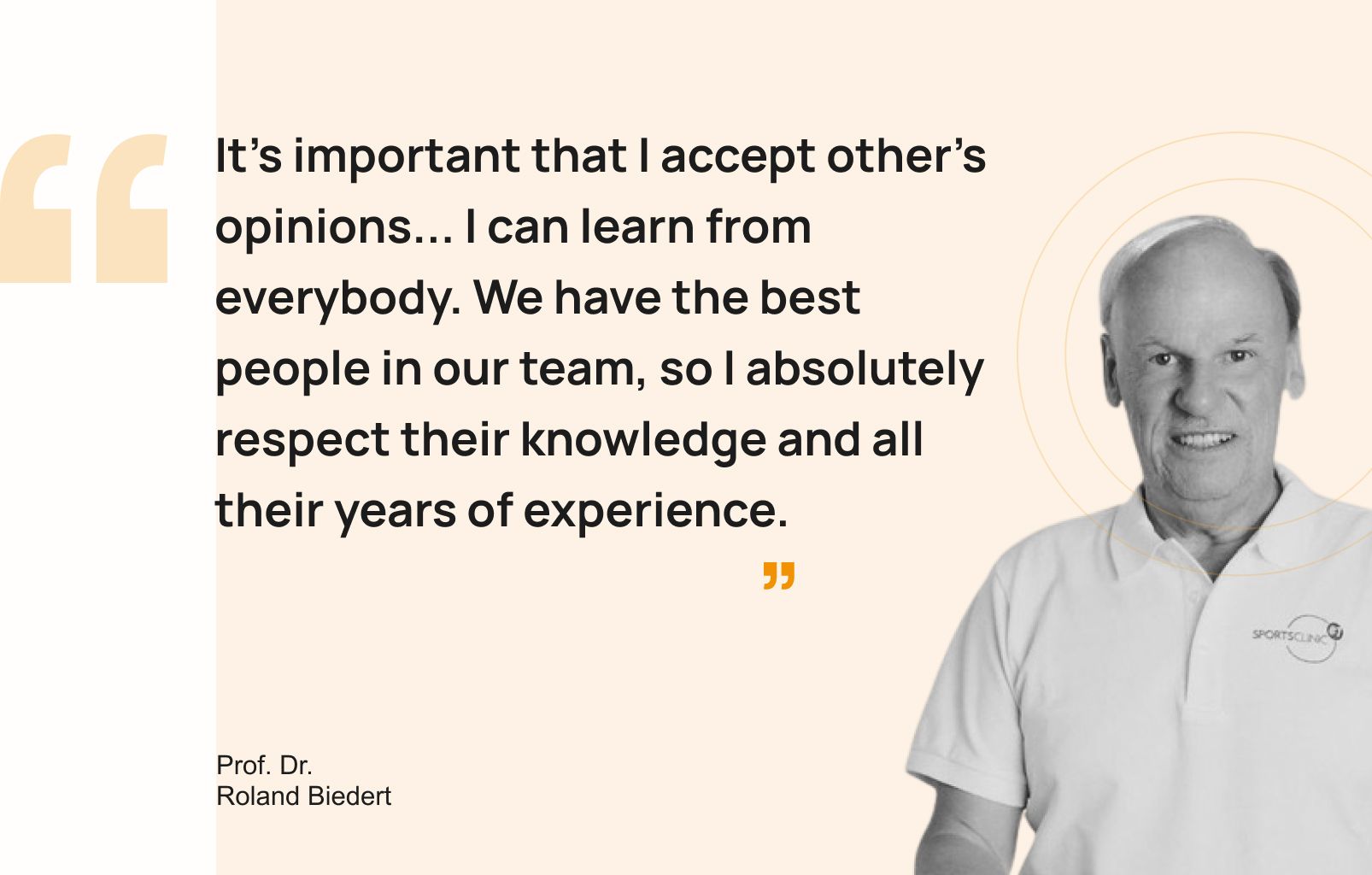Crafting a culture of communication with Prof. Dr. Roland Biedert
— PSYfiers

For a player to perform at such a consistently excellent level, his team naturally needs to lift, support, and encourage him every step of the way, but they also need to match his level of excellence with their own skill.
Which brings me to ask: what are the necessary ingredients for developing and sustaining high performance teams?
No team is identical, but there are some commonalities when it comes to high-performing teams. Three crucial characteristics include:
- Well defined team purpose, goals, and roles:
When a team’s responsibilities are defined, members tend to perform better because they understand how and why they are performing each task. Teams that outline short and long term goals increase their potential to succeed in them. High performing teams have ‘stretch’ goals, which raises the bar on the level of difficulty required to inspire team members.
Predominantly, each member serves as an example of dedication to each task. They set the example for each other and hold each other to a standard of excellence.
2. High performing leaders produce high performance teams
Good leaders hold the vision of the team and represent excellence every step of the way. They inspire commitment and confidence in each individual and ensure that everyone is enhancing their skills.
3. Group values
High performance teams have set norms and values in how they communicate with each other. The key is to discuss and agree to rules and standards that each team member agrees to uphold and for which they hold each other accountable. These include high levels of respect among members, a cohesive and supportive team environment, a strong work ethic that focuses on results, and shared recognition of team successes.
Working alongside people who are experts in their field can be daunting, but if the group has a shared goal and are driven to succeed, they can overcome their differences and create a culture where they learn from each other and build a lasting legacy.